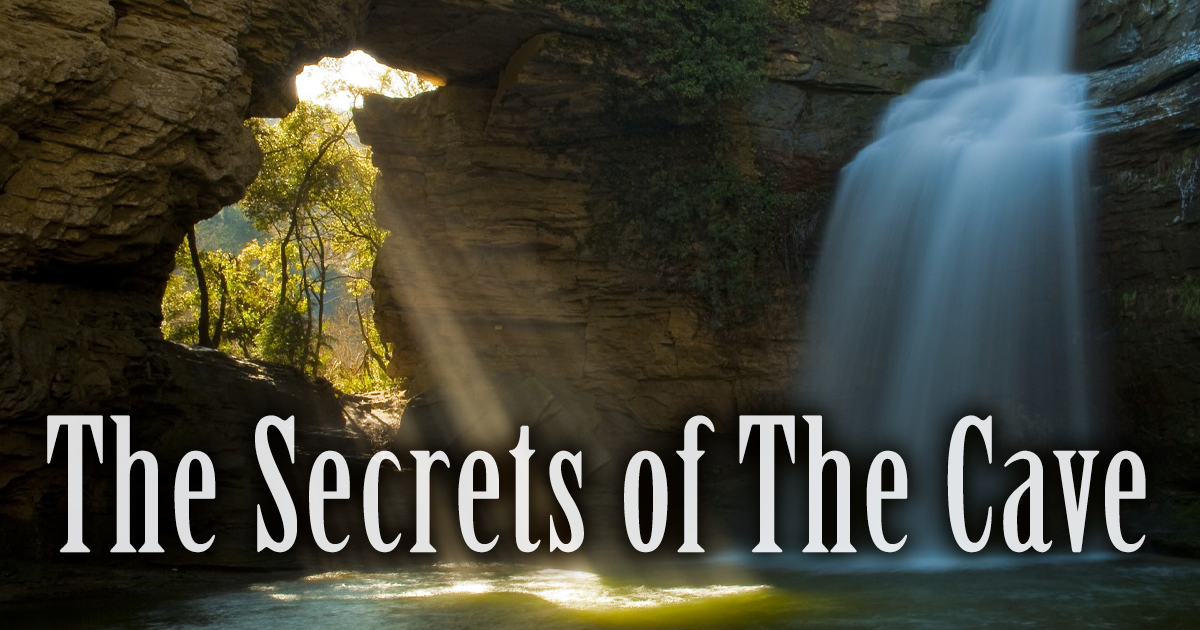Surah 19 MARYAM (MARY)
19 = GAYN
GAYN = G EYE
The Masonic Letter "G": A Symbol of Divinity and Geometry
In Freemasonry, the letter "G" holds a significant place in its symbolism. It's a common element found on Masonic aprons and in the lodge room, often placed between the square and compass. While the exact meaning of the "G" is open to interpretation and varies slightly among different Masonic jurisdictions, it generally represents one or both of the following:
God: The most common interpretation is that the "G" stands for "God" or the "Grand Architect of the Universe." Freemasonry is a fraternal organization that emphasizes moral and ethical principles, and the "G" serves as a reminder of the divine presence and guidance in the lives of its members.
Geometry: Another interpretation is that the "G" represents "Geometry." Geometry, as a branch of mathematics, is closely associated with the principles of order, proportion, and harmony, which are central to Masonic teachings. The "G" can symbolize the importance of understanding and applying these principles in life.
It's important to note that Freemasonry is a fraternal organization and not a religion. While it encourages belief in a higher power, it's open to members of various faiths. The "G" is a symbol that can be interpreted differently by individuals based on their personal beliefs and understanding of Masonic principles.
ALSO OVER IT IS 19
Over It Is Nineteen (Quran 74:30) We appointed angels to be guardians of Hell, and we assigned their number (19) to disturb the disbelievers, to convince the Christians and Jews (that this is a divine scripture), to strengthen the faith of the faithful, to remove all traces of doubt from the...

www.19miracle.org
Please note i do not follow the submitters.i am of sunni origin


www.19miracle.org





